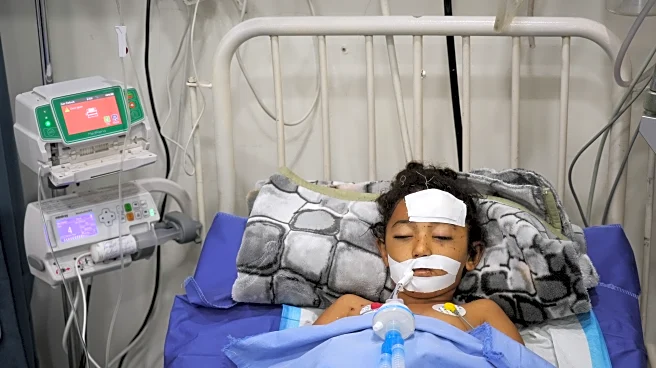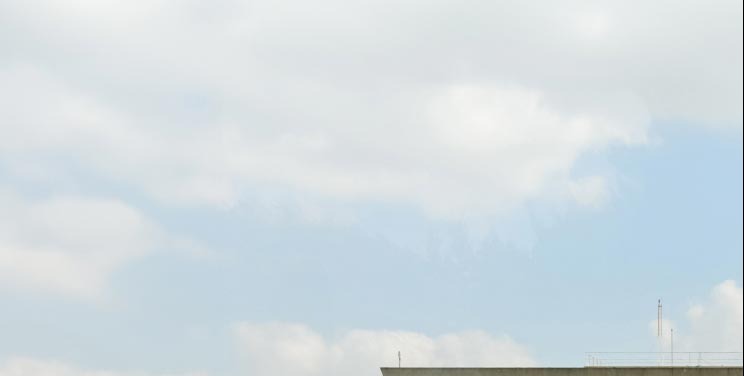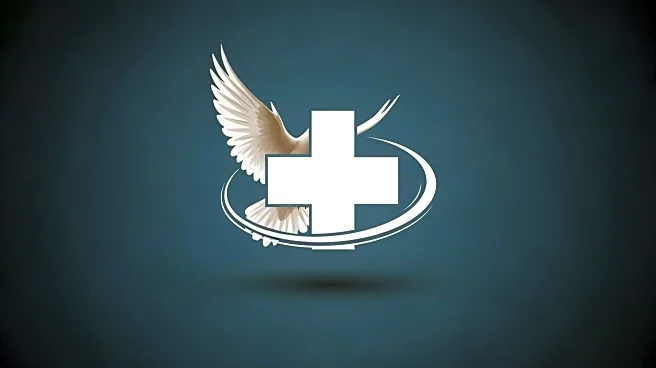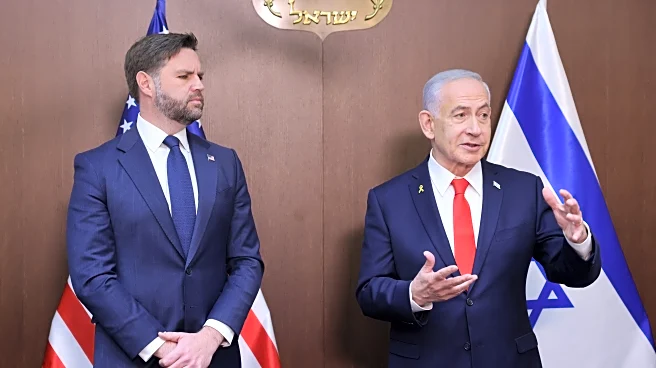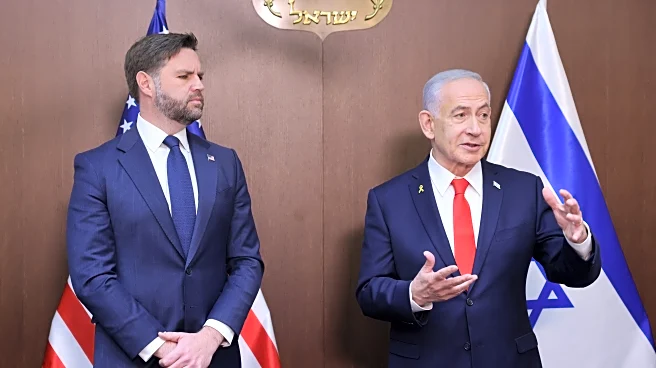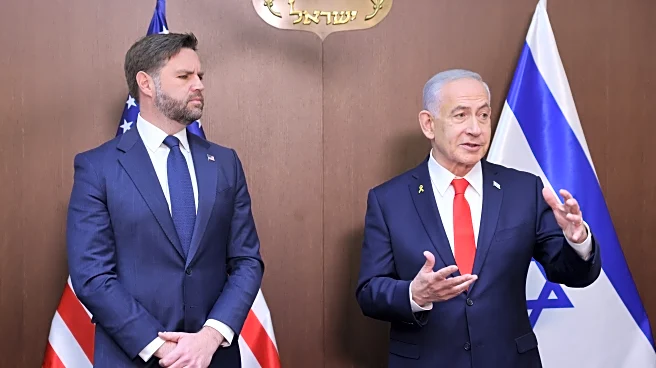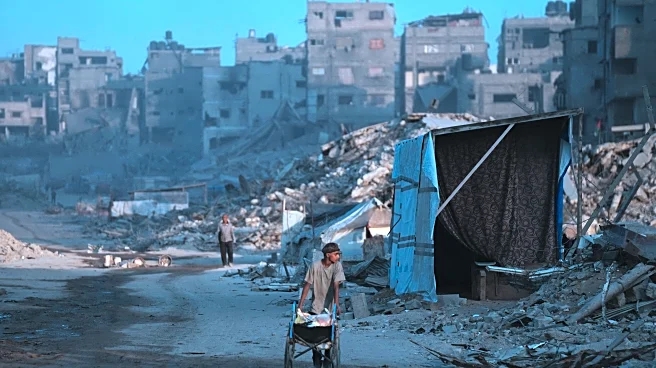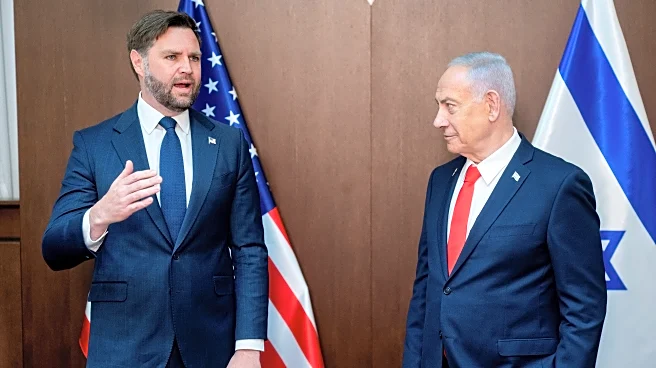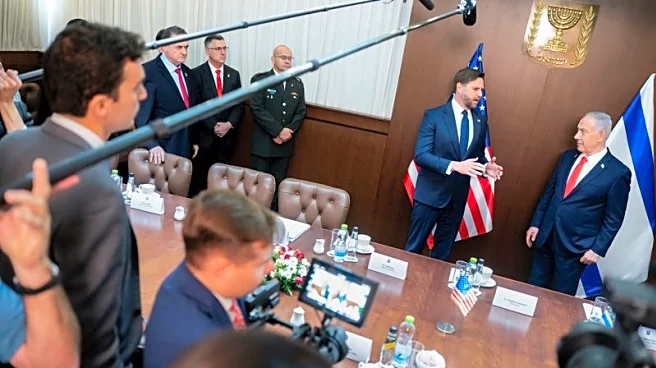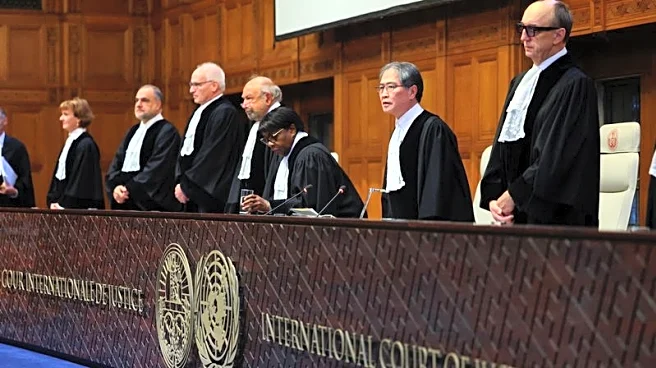GAZA CITY, Gaza Strip (AP) — The Shorbasi family was sitting in their severely damaged house in Gaza City, enjoying the relative calm of the ceasefire. Then they heard an explosion and rushed outside to
find their 6-year-old twins bleeding on the ground.
The boy, Yahya, and his sister, Nabila, had discovered a round object while playing. One touch, and it went off.
“It was like a toy,” their grandfather, Tawfiq Shorbasi, said of the unexploded ordnance, after the children were rushed to Shifa hospital on Friday. “It was extremely difficult.”
Hundreds of thousands of Palestinians are seizing the chance to return to what’s left of their homes under the ceasefire that began on Oct. 10. But the dangers are far from over as people, including children, sift through the rubble for what remains of their belongings, and for bodies unreachable until now.
Shorbasi said the family had returned home after the ceasefire took hold. Gaza City had been the focus of the final Israeli military offensive before the deal was reached between Israel and Hamas.
“We’ve just returned last week,” the grandfather said at Shifa hospital, fighting back tears. “Their lives have been ruined forever.”
The boy, Yahya, lay on a hospital bed with his right arm and leg wrapped in bandages. Nabila, now being treated at Patient’s Friends hospital, had a bandaged forehead.
Both children’s faces were freckled with tiny shrapnel wounds.
A British emergency physician and pediatrician working at one of the hospitals told The Associated Press the twins had life-threatening injuries including a lost hand, a hole in the bowel, broken bones and potential loss of a leg.
The children underwent emergency surgery and their conditions have relatively stabilized, the doctor said. But concerns remain about their recovery because of Gaza’s vast lack of medicine and medical supplies, said Dr. Harriet, who declined to give her last name because her employer hadn’t authorized her to speak to the media.
“Now it’s just a waiting game so I hope that they both survive, but at this point in time I can’t say, and this is a common recurrence,” she said.
Health workers call unexploded ordnance a major threat to Palestinians. Two other children, Yazan and Jude Nour, were wounded on Thursday while their family was inspecting their home in Gaza City, according to Shifa hospital.
Gaza’s Health Ministry, which operates under the Hamas-run government, said five children were wounded by unexploded ordnance over the past week, including one in the southern city of Khan Younis.
“This is the death trap,” Dr. Harriet said. “We’re talking about a ceasefire, but the killing hasn’t stopped.”
Already over 68,500 Palestinians have died in the war, according to Gaza's Health Ministry, which doesn't distinguish between civilians and combatants in its count. The ministry maintains detailed casualty records that are seen as generally reliable by U.N. agencies and independent experts. Israel has disputed them without providing its own toll.
Luke Irving, head of the U.N. Mine Action Service, UNMAS, in the Palestinian territories, has warned that “explosive risk is incredibly high” as both aid workers and displaced Palestinians return to areas vacated by the Israeli military in Gaza.
As of Oct. 7, UNMAS had documented at least 52 Palestinians killed and 267 others wounded by unexploded ordnance in Gaza since the war began. UNMAS, however, said the toll could be much higher.
Irving told a United Nations briefing last week 560 unexploded ordnance items have been found during the current ceasefire with many more under the rubble. Two years of war have left up to 60 million tons of debris across Gaza, he added.
In the coming weeks, additional international de-mining experts are expected to join efforts to collect unexploded ordnance in Gaza, he said.
“As expected, we’re now finding more items because we’re getting out more; the teams have more access,” he said.
___
Magdy reported from Cairo.
___
Follow AP’s war coverage at https://apnews.com/hub/israel-hamas-war
